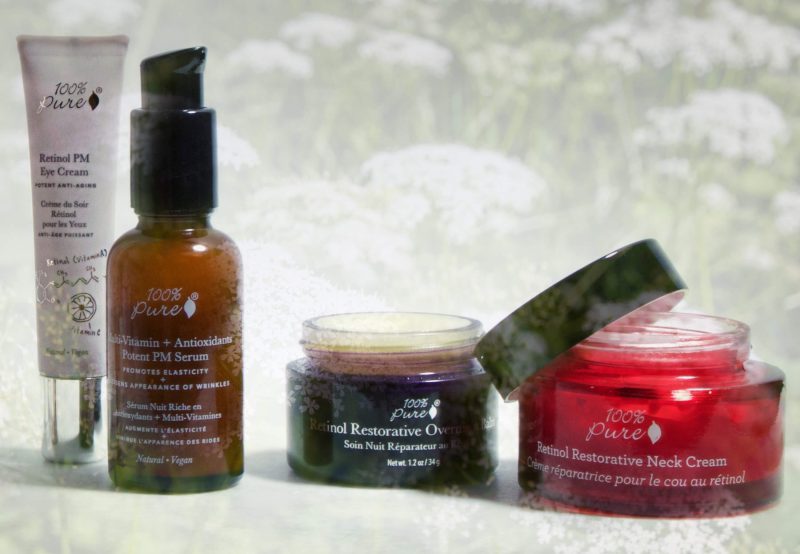Retinol, also known as vitamin A, has been a staple ingredient in many skincare products for years. Its benefits range from improving skin texture and reducing wrinkles to promoting collagen production and even treating acne. However, using retinol products can be a bit tricky if you’re not familiar with the dos and don’ts. In this article, we will take a closer look at the important things you should keep in mind when incorporating retinol into your skincare routine.
1. DO start with a lower concentration: If you’re new to retinol, it’s important to start with a lower concentration product. This allows your skin to slowly adjust to the active ingredient and minimize the chances of irritation or redness. Starting with a lower concentration also gives you the opportunity to gauge your skin’s response and make adjustments as needed.
2. DON’T forget to patch test: Before diving into using a retinol product all over your face, it’s crucial to patch test it first. Apply a small amount of the product on a small area of your skin, preferably on your inner arm or behind your ear, and observe any adverse reactions for 24 hours. This helps determine if your skin is sensitive to retinol or if you need to adjust your usage frequency.
3. DO use retinol at night: Retinol can make your skin more sensitive to sunlight and increase the risk of sunburn. Therefore, it’s best to apply retinol products at night and follow up with a broad-spectrum sunscreen during the day. This allows the retinol to work its magic while your skin rejuvenates overnight.
4. DON’T use retinol with other active ingredients: Retinol is a potent ingredient on its own and combining it with other active ingredients can potentially cause irritation and compromise the effectiveness of both products. Avoid using retinol with ingredients like benzoyl peroxide, alpha hydroxy acids (AHAs), or vitamin C unless specifically recommended by a dermatologist.
5. DO moisturize: Retinol can sometimes cause dryness and flakiness, especially during the initial stages of use. To combat this, make sure to use a moisturizer that suits your skin type. Look for products that contain ceramides, hyaluronic acid, or shea butter to help hydrate and nourish your skin while using retinol.
6. DON’T use retinol during pregnancy or breastfeeding: Retinol and its derivatives, such as retinoids, are not recommended for use during pregnancy or while breastfeeding. High doses of vitamin A can potentially harm the developing fetus or pass through breast milk, which is why it’s essential to consult with a healthcare professional before using retinol during these periods.
7. DO be patient: It’s important to remember that retinol is not a magic potion that will instantly transform your skin overnight. The results of using retinol can take time, usually between four to twelve weeks, to become noticeable. Consistency and patience are key when incorporating retinol into your skincare routine.
In conclusion, retinol is a powerful skincare ingredient that can provide numerous benefits for your skin, but it’s essential to follow the dos and don’ts to ensure optimal results and minimize any potential side effects. Starting with a lower concentration, patch testing, using retinol at night, avoiding the combination with other active ingredients, moisturizing, avoiding retinol during pregnancy or breastfeeding, and being patient are all crucial factors in getting the most out of retinol products. With proper usage, retinol can truly be a game-changer in your skincare routine, helping you achieve healthier, smoother, and more youthful-looking skin.

